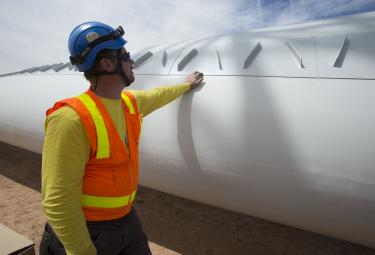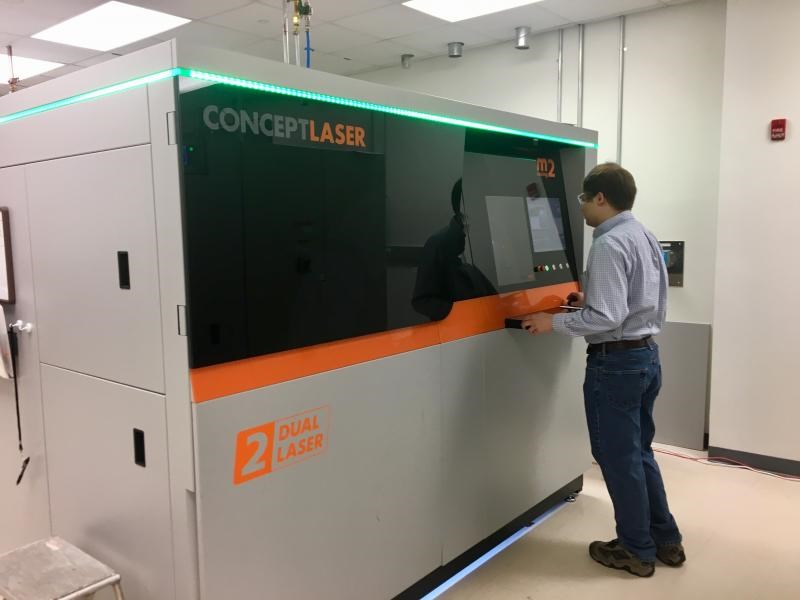It becomes obvious over time. Professionals of Navy ships, aircraft and the military sector dream of a day where they could get replacement parts on the spot. GE’s mission is to make this dream come true hence the amount of $9 Million, the company received from the Office of Naval.

During 4 years, GE’s team of scientists will develop a rapid process to qualify and certify 3D printed and newly designed parts for Ships, Aircraft, and other Critical Military Assets. They will specifically create exact digital models of replacement or newly designed parts to achieve this goal.
How are they going to carry out this mission?
Digital twins from model-based data on parts and sensor-based data will be fabricated from 3D metal printers to speed up the qualification and certification process of parts. GE’s Digital Twins are living, learning digital models of physical assets, parts, processes and even systems.
The good point is that experts continuously update the new sensor data or engineering knowledge to highlight the accurate state of its physical counterpart at any point in time.
“Using GE’s Digital Twin technology, we’re aiming to rapidly speed up the time that parts could be re-engineered or newly created using 3D printing processes,” said Ade Makinde, Principal Engineer, Additive Technologies at GE Global Research. “With today’s technology, the process for designing a new part can take years. We think we can reduce that timeframe to weeks, with the unique digital solutions under development.”

According to Makinde, it would be extremely difficult to quickly make a 1:1 replacement part through 3D printing processes that was originally produced using conventional manufacturing techniques. Makinde said, “The key challenge with industrial 3D printing is being able to additively build a part that mirrors the exact material composition and properties of the original part that was formed through subtractive measures. With the kind of mission-critical equipment the Navy operates, there is no room for deviations in material performance or manufacturing error.”
It seems that the challenge encountered by professionals regarding 3D printing is quite higher in the aerospace sector since we face higher stresses and tolerances. Engineers that will work on this program will therefore be called to think out of the box in order to remove this barrier.
Phase 1 of the program will lay emphasis on the underlying software and hardware developments. In Phase 2, they will manufacture a complete additive system that demonstrates the rapid and robust creation of a part’s digital model or digital twin and printing of that part using a 3D Direct Metal Laser Melting (DMLM) printer.
For further information about 3D Printing, follow us on our social networks and subscribe to our newsletter!
Would you like to be featured in the next issue of our digital magazine? Send us an email at contact@3dadept.com
//pagead2.googlesyndication.com/pagead/js/adsbygoogle.js
(adsbygoogle = window.adsbygoogle || []).push({});





